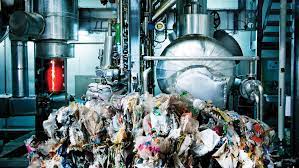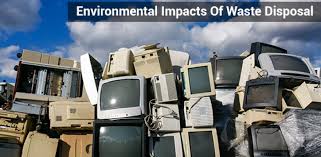Industries are the major sources of pollutants in both terrestrial and aquatic environments and various levels of the pollutants are discharged into the environment either directly or indirectly (Glyn and Garry, 1996).
For example, discharged effluents from industries have been found to be carcinogenic (Tamburline, etal., 2002), while other chemicals present are poisonous to humans and toxic to aquatic life (WHO, 2002). Effluents from industries were found to alter the physical, chemical and biological nature of receiving water bodies (Kanu et al., 2006).
These effluents contain substances that range from chlorides, phosphates, oil and grease, nitrates, heavy metals, among others (Ekiye and Luv 2010). The levels of the concentrations in these effluents, especially of heavy metals, have been found to be above acceptable and permissible levels (Emiola et al., 2010).
The degradation of the organic portion of the municipal solid wastes in the presence of percolating rainwater leach down to soil layer and eventually reaches and contaminate the underground water body making it unsuitable for drinking.
Read Also : Household Hazardous Waste (HHW)
If not properly treated, leachate seeping from a landfill can pose serious hazards to the environment and to public health.
For this reason, the generation of leachate has become a worldwide environmental concern in recent years. Methane and carbon dioxide are two major gases produced from the decomposition of the organic waste in the landfill.

Agricultural wastes such as packages and bottles of pesticides are indiscriminately thrown to water bodies. These waste have the potential to cause unpredictable environmental consequences such as food poisoning, unsafe food hygiene and contaminated farmland due to their potentially lasting and toxic chemicals.
The pollution caused by livestock production is a serious problem causing air pollution which includes odors emanating from cages resulting from the digestion process of livestock wastes; the putrefaction process of organic matter in manure; animal urine, and/or from redundant foods.
This results in the generation of greenhouse gases while also having negative effects on the fertility of the soil and causing water pollution.

